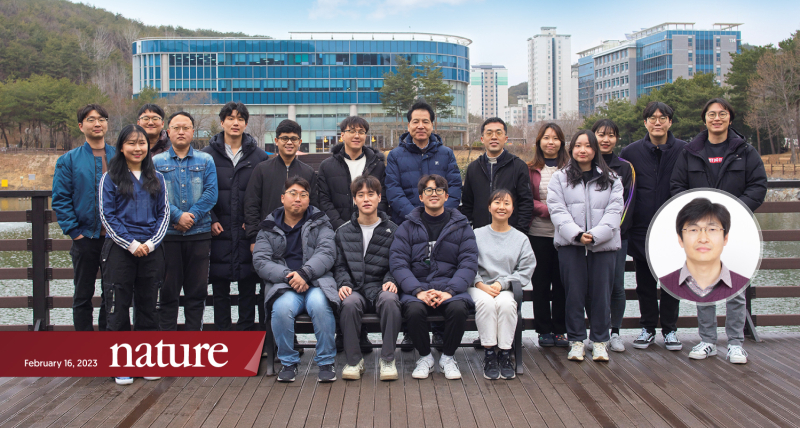A research team, affiliated with UNIST unveiled a way to exceed 26% efficiency of perovskite solar cells (PSCs). This exceeds the efficiency of silicon solar cells. Regarding the study, Professor Seok said, “It is the starting point of the journey to achieve more than 27% efficiency.”
PSCs are manufactured by coating a crystalline semiconductor of perovskite structure with a thin film. Therefore, it is very important for high efficiency to control the crystallization behavior of the thin film so that there are few internal defects.
A research team, led by Distinguished Professor Sang Il Seok in the Department of Energy and Chemical Engineering at UNIST has unveiled a novel method and principle for controlling the crystallinity of perovskite photoactive layer semiconductors” and developed a technology to manufacture high-efficiency PSCs.
This principle was used to manufacture perovskite solar cells to achieve the world’s best efficiency of 26.08%, and the National Renewable Energy Laboratory recognized it as the world’s best efficiency (25.73%). The achievement was unveiled on February 16, as AAP (Accelerated Article Preview), the world’s most prestigious magazine, Nature (IF: 69.504).
For the high efficiency of PSCs, it is very important to control the defects extremely low in the crystals of perovskite thin films. These defects also have a significant impact on the long-term stability of solar cells. Control of the generation process of thin films and understanding of the principles of this process are key factor technologies that satisfy high efficiency and long-term stability at the same time.
“Alkylammonium chloride (RACI), which is dequantized at the crystallization stage while combining with perovskite components, was used,” said Professor Seok. “This optimal combination with Alkyl was also able to optimally control the rate of volatilization with solvent during coating and heat treatment of perovskite precursor solution.” He explained, “This combination made it possible to manufacture a perovskite thin film that is dense while extremely flattening the surface of the thin film, and has very good crystallinity that minimizes internal defects of the crystal.”
“This study is very meaningful, as it examines the crystallization process of perovskite with halide anions in real time through the UNIST-PAL Beamline of Pohang Accelerator Laboratory,” said Professor Tae Joo Shin,Graduate School of Semiconductor Materials and Devices Engineering at UNIST.
“Through this study, perovskite solar cells with more than 26% efficiency will soon surpass the efficiency of silicon solar cells,” noted Professor Seok. “This study is the starting point of the journey to achieve more than 27% efficiency.”

Figure 3. Performance and stability of PSCs, measured by applying an anti-reflection film to the surface. When tested with maximum power point tracking under ambient and full sunlight illumination without a UV cut-off filter, the encapsulated target device retained approximately 88% (25.2%) of its initial efficiency after 600 h.
Published in the February 2023 issue of Nature, this study has been participated by Jaewang Park and Jongbeom Kim from the Department of Energy and Chemical Engineering at UNIST, as first authors. This study has also been supported through the Basic Science Research Program through the National Research Foundation of Korea (NRF), funded by the Korean government (MSIT).
Meanwhile, Professor Professor Seok has surpassed the 20% efficiency of PSCs for the first time and holds the world’s best certified efficiency record. In particular, the perovskite heterojunction n-i-p solar cell structure was announced for the first time in the world, and even now, more than 25% of high-efficiency perovskite solar cells all have this structure. He has also been certified for his academic excellence and has reported 10 papers so far to Nature and Science, the world’s most prestigious journals. In 2022, Rank Prize in Optoelectronics, a renowned science award given by the British Rank Foundation, was selected as a co-winner for its contribution to the creation and development of perovskite solar cells.
Journal Reference
Jaewang Park, Jongbeom Kim, Hyun-Sung Yun, et al., “Controlled growth of perovskite layers with volatile alkylammonium chlorides,” Nature, (2023).












